SC Uses Article 142 to Protect Century-Old Trees in Property Dispute
- ByAdmin --
- 06 Jun 2025 --
- 0 Comments
In a landmark ruling, the Supreme Court of India invoked its constitutional powers under Article 142 to protect century-old trees situated on a disputed property. The judgment highlights the judiciary’s commitment to environmental preservation and the protection of natural heritage, even amidst complex property disputes.
Background of the Case
The dispute involved a contested property where several hundred-year-old trees stood, facing the threat of being cut down by one of the parties claiming ownership. The case raised critical questions about balancing private property rights with environmental conservation obligations.
The local authorities had initially permitted the removal of the trees, but environmental activists and residents challenged this decision in court, emphasizing the ecological and cultural significance of the trees. The matter eventually reached the Supreme Court after prolonged litigation.
Constitutional and Legal Provisions Invoked
- Article 142 of the Constitution of India: Empowers the Supreme Court to pass any decree or order necessary for doing complete justice in any cause or matter pending before it.
- Article 48A: Directs the State to protect and improve the environment and safeguard forests and wildlife.
- The Environment Protection Act, 1986: Provides the legal framework for environmental protection measures.
- The Forest Conservation Act, 1980: Regulates the diversion of forest land for non-forest purposes.
- The Wildlife Protection Act, 1972: Aims to protect wildlife, including flora, within India.
Supreme Court’s Reasoning and Orders
The Court emphasized the critical importance of environmental preservation and the irreplaceable value of ancient trees that contribute to biodiversity, climate regulation, and community heritage.
Key observations by the Court include:
- Balancing Rights: While recognizing private property rights, the Court noted these rights are not absolute and must be balanced against environmental protection duties enshrined in the Constitution.
- Article 142 Powers: The Court used its powers under Article 142 to pass an order preventing the felling of the trees, declaring that this extraordinary power could be exercised to ensure environmental justice.
- Public Interest: Protecting the trees serves the larger public interest by maintaining ecological balance and preserving green cover.
- Irreparable Harm: Cutting down century-old trees would cause irreversible environmental damage, which the Court found unacceptable.
Implications of the Judgment
- Judicial Environmental Activism: The ruling exemplifies proactive judicial intervention to safeguard the environment.
- Setting a Precedent: It establishes that courts can use Article 142 to protect ecological assets when no other effective remedy exists.
- Encouraging Sustainable Development: The judgment reinforces the principle that development should not come at the cost of destroying natural heritage.
- Promoting Public Interest Litigation: It signals support for environmental groups seeking judicial relief for ecological concerns.
Conclusion
The Supreme Court’s innovative use of Article 142 to protect century-old trees in a property dispute underscores the judiciary’s role as a guardian of the environment. By balancing property rights with constitutional mandates on environmental protection, the Court has set a significant precedent for future cases involving ecological conservation. This decision reaffirms that the right to a healthy environment is integral to justice and must be preserved for current and future generations.

























































































































































































































































































































































































































































































































































































































































































































































































































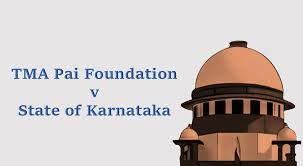


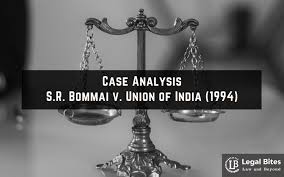





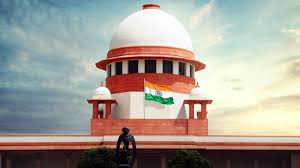


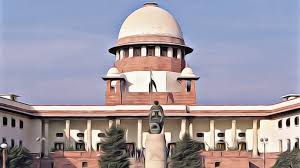

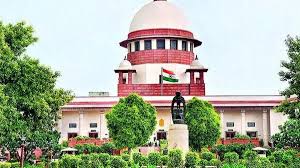









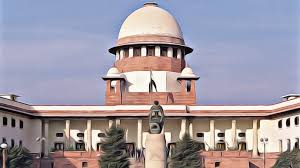




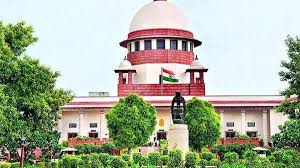



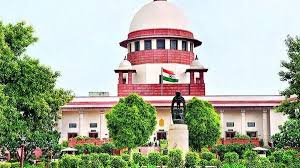
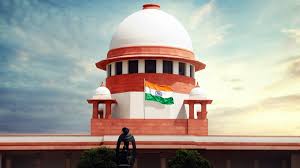



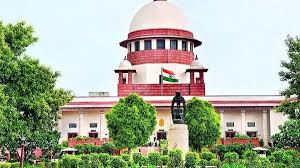
















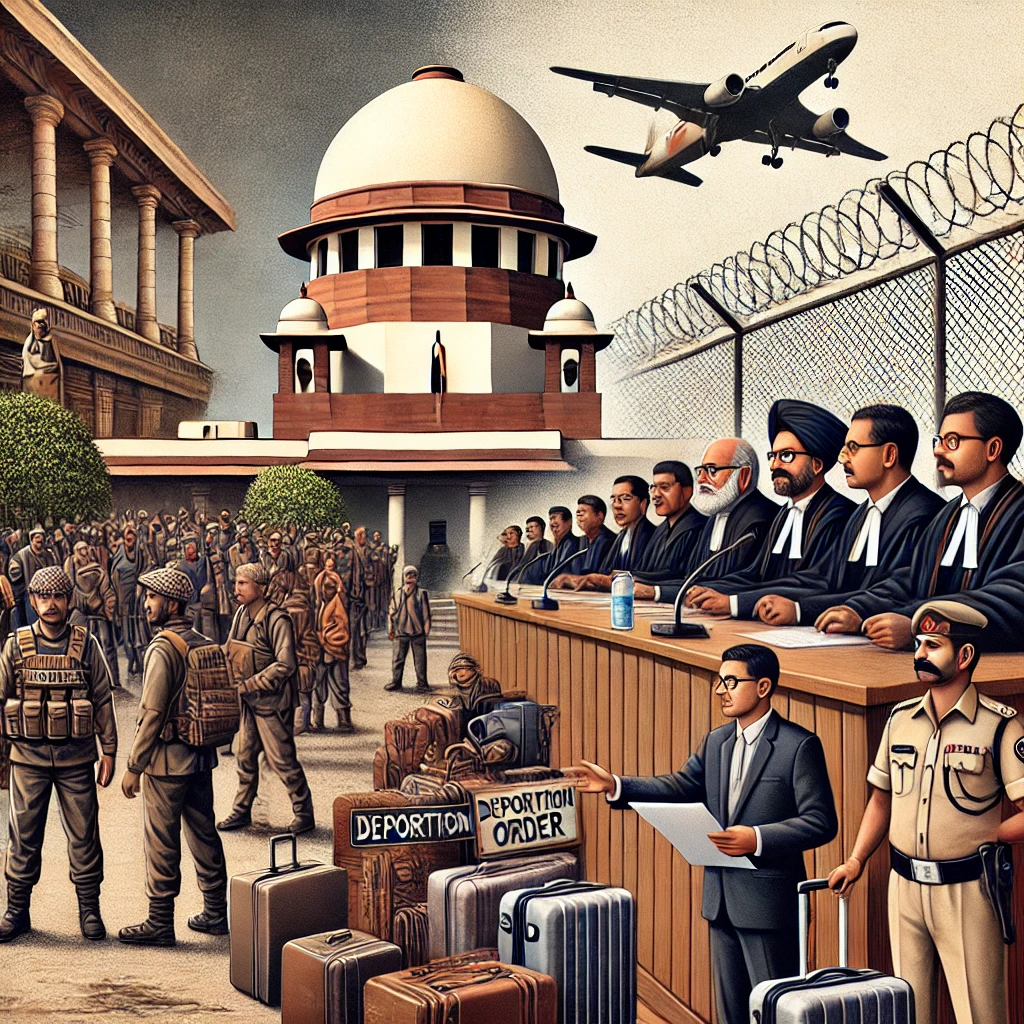
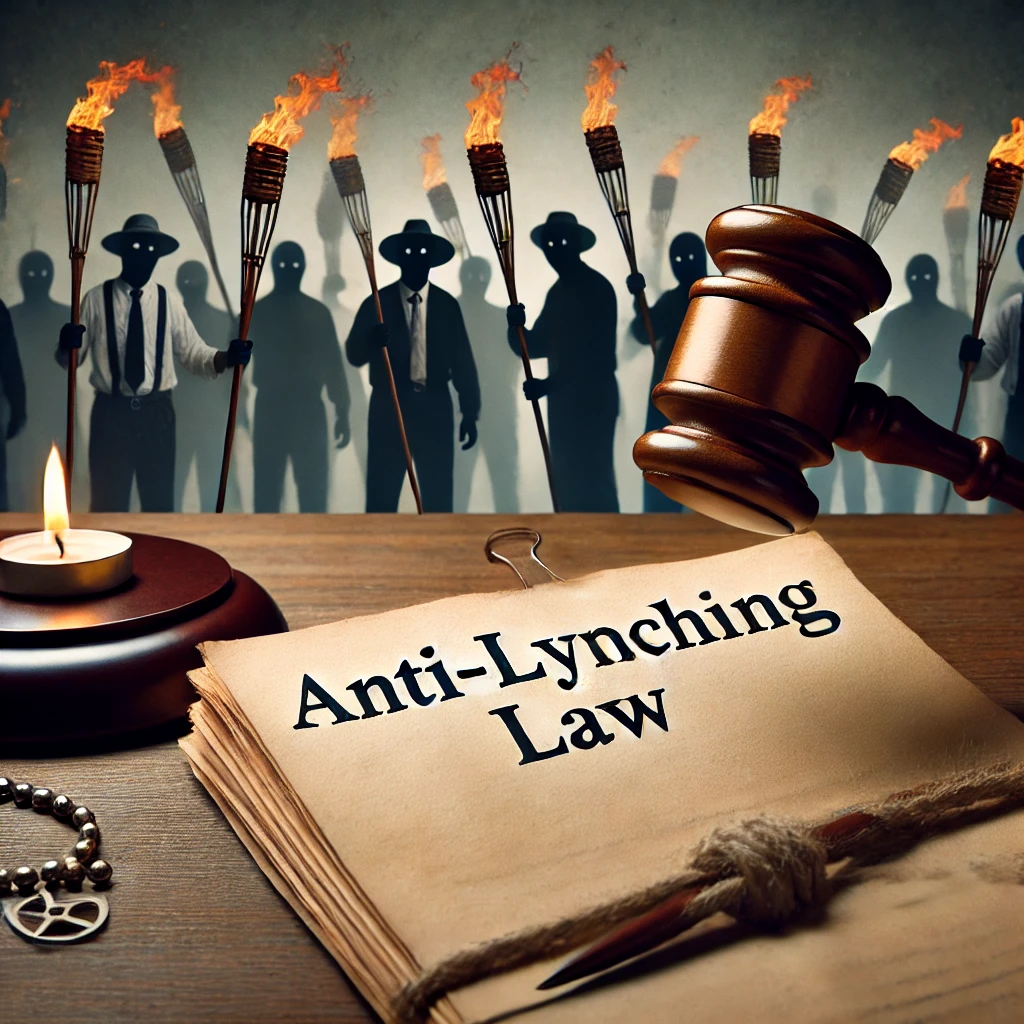


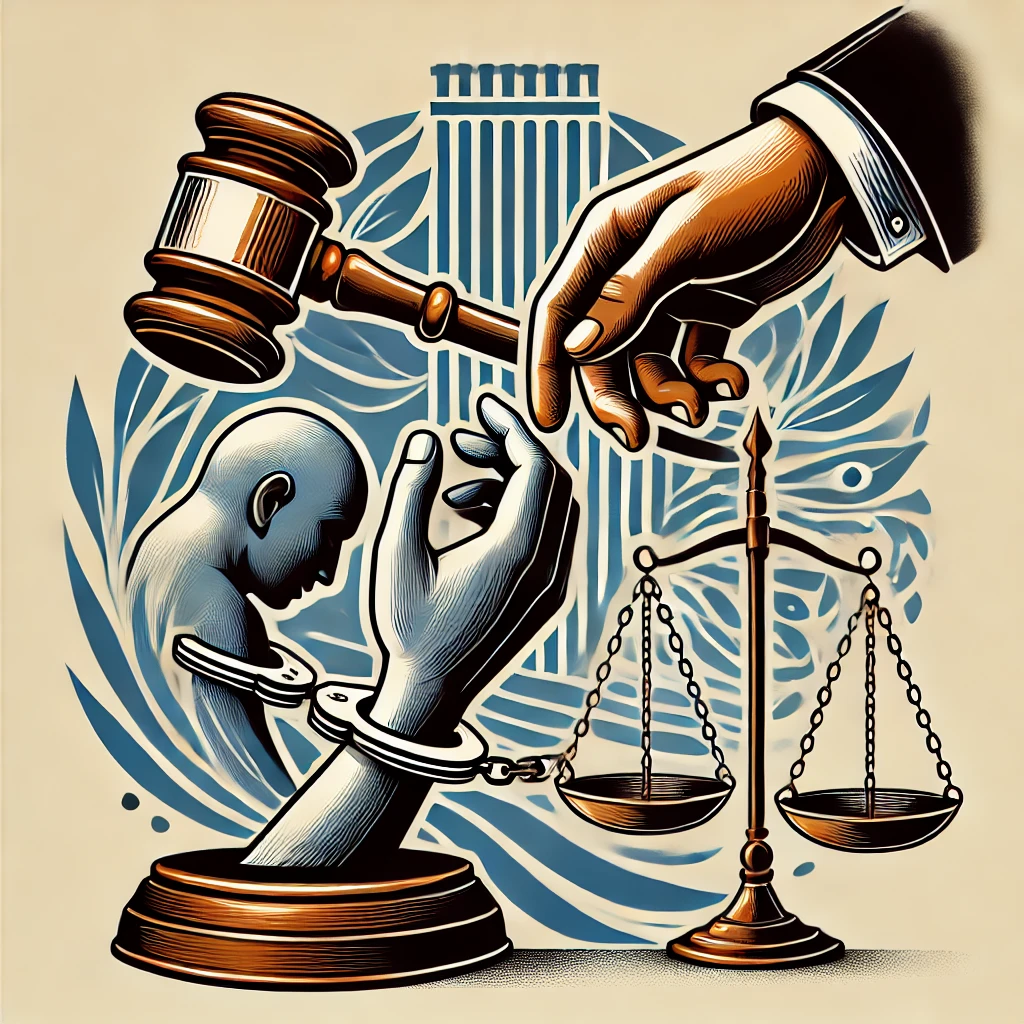
















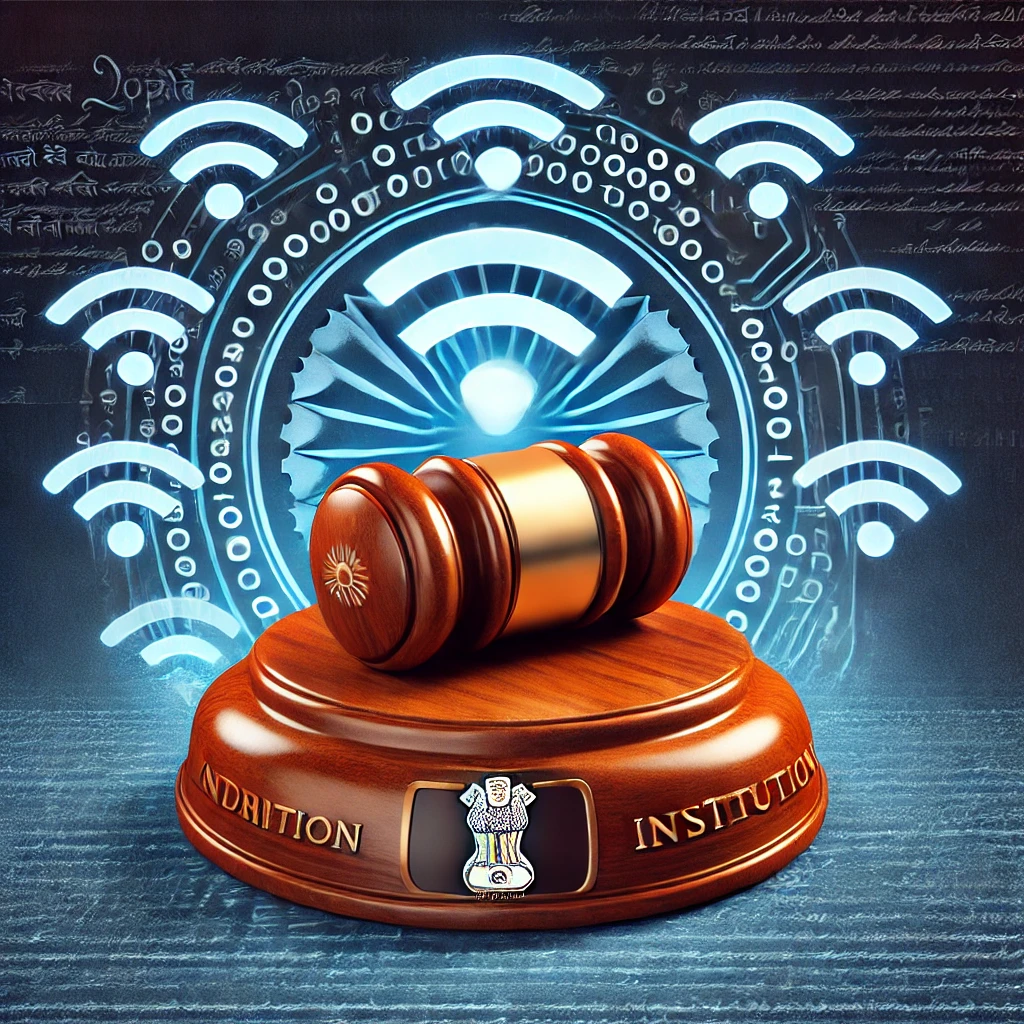
















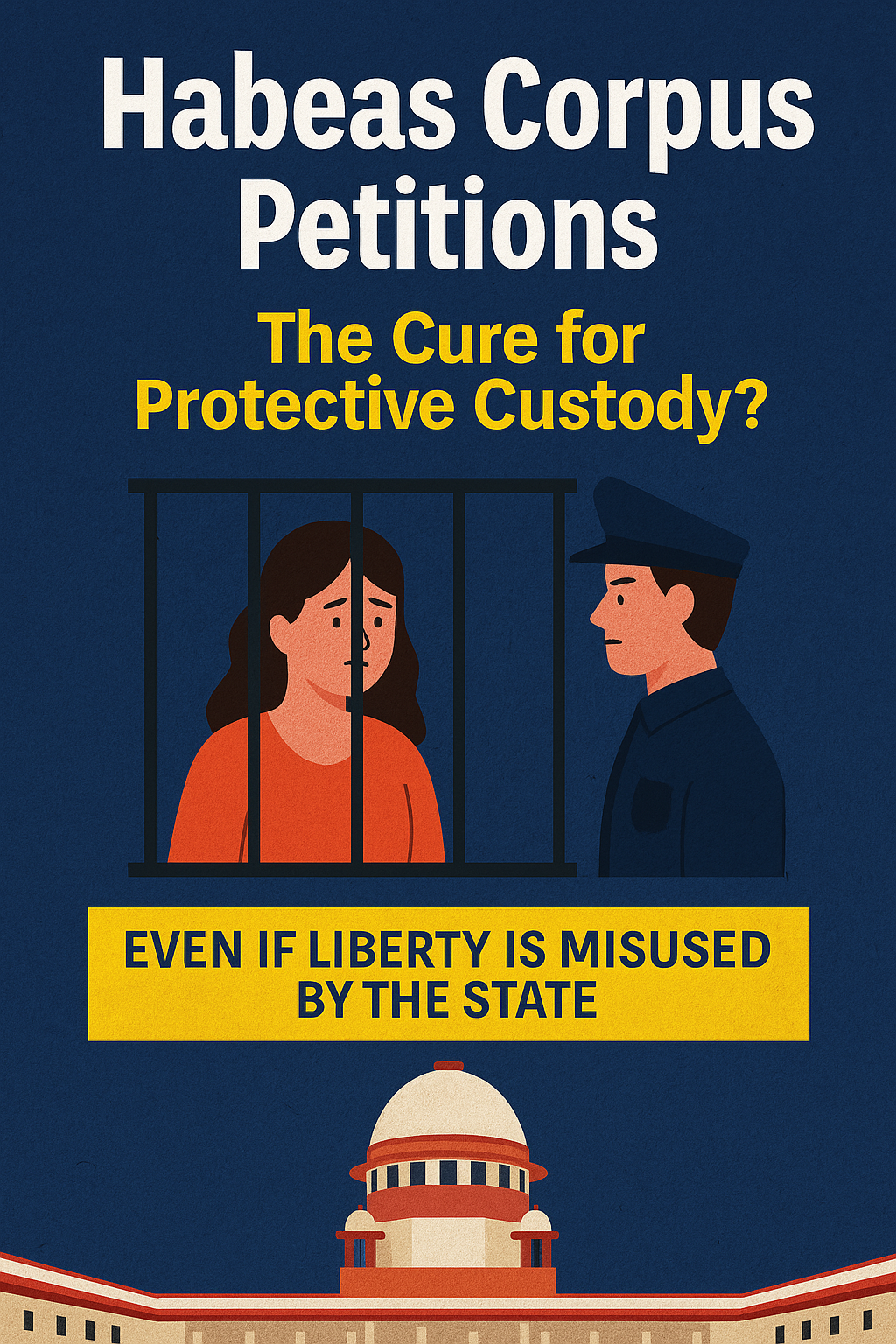









0 comments